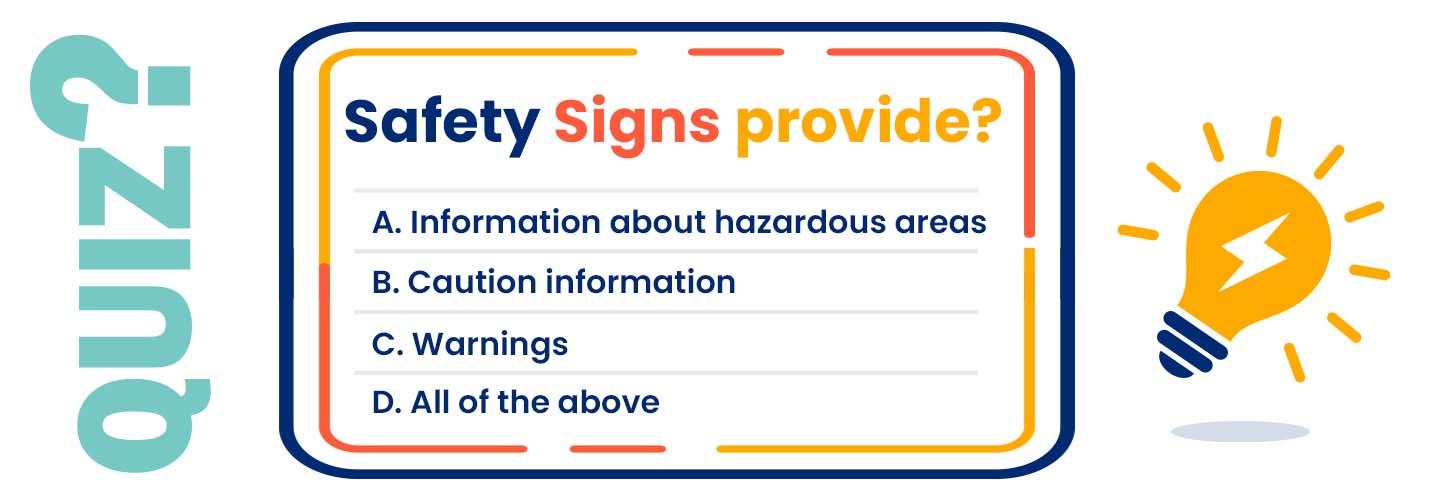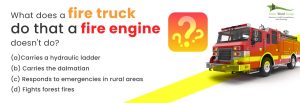
A safety sign warns employees, visitors, and the public of potential hazards. They must be available to help prevent accidents and protect people from injuries that may occur if they are not informed about potential risks.
(a) Signage conveys various information, from cautionary messages to warnings to mandatory instructions. Typically, they are placed in areas with a potential hazard, such as construction sites, chemical storage areas, and areas where potentially hazardous equipment may be present.


(b) Caution signs usually warn about a possibly hazardous situation, not that it will happen. For Example, whenever someone walks into a room with newly cleaned floors or where there is a leak, a “Caution: Wet Floor” sign might be displayed on the wall to alert them.
(c) Warning signs indicate a potentially hazardous situation. Such signs are used on hazardous equipment and in areas where people may encounter dangerous materials, such as “Warning: High Voltage” or “Warning: Flammable Materials.”

(d) All the above

In summary, safety signs provide information about hazardous areas, caution information, warnings, and mandatory instructions and are crucial for maintaining safety in the workplace and public spaces. Therefore, Option D is correct.
For more Details contact:

